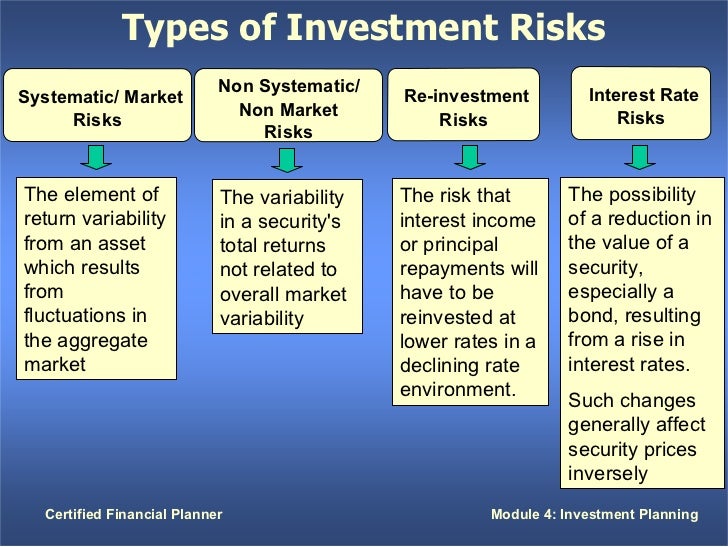
- SEE FINANCE CATEGORIES FOR INVESTMENTS HOW TO
- SEE FINANCE CATEGORIES FOR INVESTMENTS DRIVERS
- SEE FINANCE CATEGORIES FOR INVESTMENTS UPDATE
- SEE FINANCE CATEGORIES FOR INVESTMENTS FREE
SEE FINANCE CATEGORIES FOR INVESTMENTS DRIVERS
This means a projection is made based on the main value drivers of your business. Contrary to the top down method, the bottom up approach begins with a micro/inside-out view and builds towards a macro view. The bottom up approach is less dependent on external factors (the market), but leverages internal company specific data such as sales data or your company’s internal capacity. Therefore, it could be useful to complement the top down method with the bottom up approach. Often entrepreneurs calculate SOM (equal to sales) by taking a random percentage of the market, without really assessing whether this target is realistically achievable.Ī tiny percentage of a market might seem insignificant, but could be way too optimistic for instance in the year of your launch. The pitfall of the top down approach is that it might seduce you to forecast too optimistically (especially sales).
SEE FINANCE CATEGORIES FOR INVESTMENTS UPDATE
How do you know how your company is doing if you don’t have any targets to achieve or steering information to compare against? How are you going to update your shareholders on how you are spending their money and whether you are performing as promised without any financial plan to benchmark against? You will need a forecast to do so.ĭo these reasons apply to your case as well? Good! Then definitely continue reading…
SEE FINANCE CATEGORIES FOR INVESTMENTS FREE
And if you need additional support, feel free to reach out using the contact form.īefore we dive into the technicalities and different elements of a startup’s financial model we are going to broaden our view a bit and address why forecasting in general is an important topic for startups.

SEE FINANCE CATEGORIES FOR INVESTMENTS HOW TO
This article is written with the purpose of doing something a template cannot do for you: helping you understand the different elements and technicalities of a startup’s financial model, learn how to fill it in and do checks on your data so you are able of making sense out of the outcomes yourself. Why? There are tons and tons of them already available online: simply look for ‘financial model template’ on the web and you are done. NOTE: in this article we are not sharing any financial modeling templates.

Well, you have come to the right place! Having supported around a thousand startups and scale-ups with their financial models over the past couple of years with the EY Finance Navigator team, we have written everything you need to know and all the best practices available around financial modeling for starting businesses: the ultimate guide to financial modeling for startups! Whatever the reason is for you ending up at looking at this article, apparently also for you financial modeling is an important topic, otherwise you wouldn’t be here, right? ) To cover all three having (some form of) a financial model is crucial. If you have founded your own company, probably yes applies to all three questions.

Probably you have answered yes at least once.


 0 kommentar(er)
0 kommentar(er)
